In honor of those who’ve fallen, I’ve decided to repost a piece I did back in 2011 on my visit to Arlington National Cemetery, and what’s been called the “saddest acre.” I know that the place certainly affected me.
So I think that before you dig into that burger or crack that bottle of Bud . . . might be worthwhile taking a moment to remember what Memorial Day is supposed to be about.
* * *
It’s been called the nation’s saddest acre, but it is much larger, an ocean of orderly white headstones and black markers. It is also a very quiet place; you have to know where you’re going and what you’re looking for because so many people do not come here. From the parking lot, a steady river of tourists flows up the hill toward Robert E. Lee’s Arlington House where the flag always seems to fly at half-staff these days. Many tourists take blue and white, open-air tour buses which trundle past the more famous sites: Kennedy’s grave, the Tomb of the Unknowns, the memorials to both the Challenger and Columbia astronauts. There’s a relatively new memorial dedicated to America’s service-women where school kids have left notes and pictures
and there’s a very nice series of exhibits detailing a quick, thumbnail history of women in the military.
And, of course, there are memorials and graves: the remains of over 320,000 servicemen and women, veterans from every war and conflict in U.S. history.
If you do go to Arlington National Cemetery and decide that you could do with a reminder of sacrifice that is real and immediate, then hang a left out of the visitor’s center and walk ten minutes or so down Eisenhower Drive (and get a fine view of the Air Force memorial),
past the McClellan gate rearing up on the right,
and then left down York, where they’re also doing a little construction.
There’s no mistaking Section 60, not only because it’s marked but the ground of the most recent burials is still raw and brown, and there are a lot of them.
The awnings are a giveaway, too, because of the number of burials going on and how hot it’s been in D.C. this summer.
Down here, where the most recent graves are, the grass hasn’t grown back yet, and things are . . . freer. Arlington is orderly and pristine everywhere else, although some headstones are much more elaborate and what you’d expect from a cemetery.
Section 60, though, is different.
It’s the newness for one, all that raw, brown earth and the aluminum caps that cover the freshest, empty rectangles that have yet to be filled.
For another, this area is a little on the messy side, and that’s fine because life isn’t tidy and neither is death. Section 60 is very personal. There are pebbles on headstones and glass and bottle caps. There are pictures and balloons, fresh flowers and rubber duckies, dog tags and prayer beads, stones onto which a child has scrawled a message to his dad.
And there are mourners.
I couldn’t bring myself to photograph them in their grief because that felt like an invasion. Stephen Crowley did a fine series for the New York Times that’s worth your time.
One thing I noticed: a lot of the guys who visited squatted down and then covered their mouths. I don’t know why that is. I imagined that maybe they were holding something back—maybe a sob or a scream. I got pretty emotional, so I can only imagine the horror, pain, and grief someone must feel when visiting a son or brother, a buddy or childhood friend.
A few of the headstones gave me pause, too, the larger ones which mark where those killed on the same day or in the same operation or vehicle rest. They’re a little weird—I’m not criticizing; I’m just saying—because you read everything from helicopter mishap to helicopter crash and you have to wonder what the hell’s the difference. The end is the same.
There are other remains here, too: soldiers who served in Vietnam and Korea, WWII. Maybe it’s to save space, but those who died together or served in the same outfit are memorialized together, as with this cluster of black temp markers.
Having read stories of people who visit and read poetry and books to the dead . . . I used to think that was just a little bit strange. But I spent a fair amount of time in Section 60 and leaving was very hard just as writing this is tough, too. I don’t know any of those people. Or, maybe, I did and do. Maybe there’s a man or woman I saw during my time in the Air Force, someone who served during Desert Storm and went on to serve during OED (Operation Enduring Freedom/Iraq) or OND (New Dawn in Afghanistan). Lingering and getting choked up then—and at this moment—seems so small, not even the least I can do because nothing will ever be enough. This is one debt that can’t be repaid. You can only be respectful and allow yourself to remember that Arlington isn’t just about history. Arlington is very much in the now: this hour, this moment, the minute that just went and the day yet to come.
So, next time you’re in D.C., do yourself a favor. Go pay your respects to the best dad, the world’s greatest mom, the most beloved husband, the most treasured wife, the bravest daughter, the most courageous son. Take a couple seconds or a good hour. Next time you read about something like those troops killed in Afghanistan a few days ago or hear about a kid from your town who died, take some time to reflect.
Because life is precious; the times of our lives are valuable and so fleeting—and theirs, on this earth, are done.














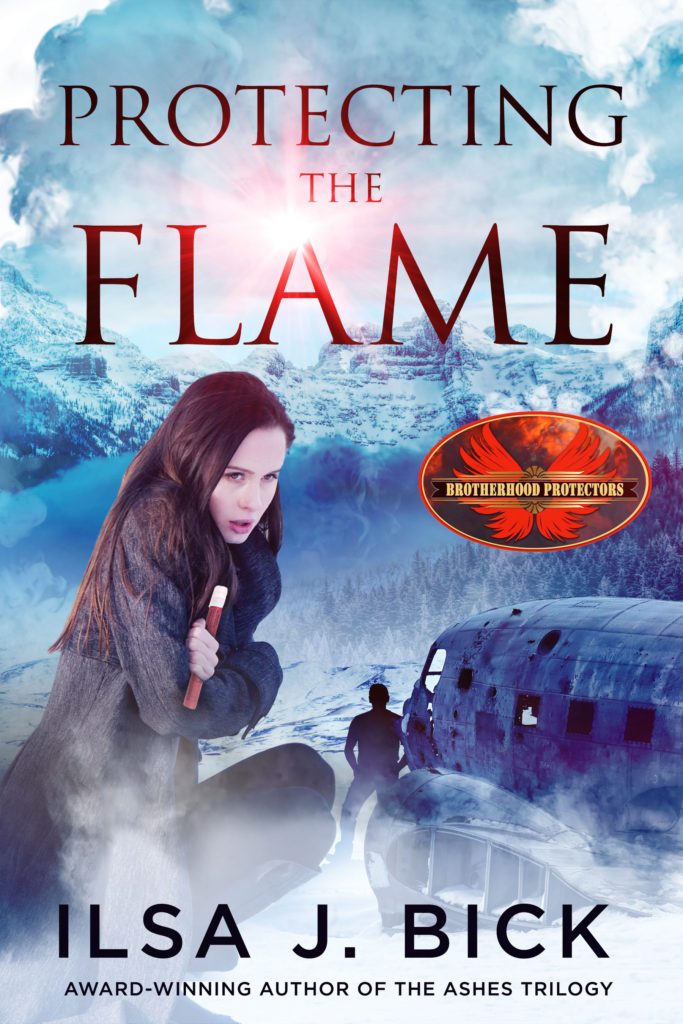

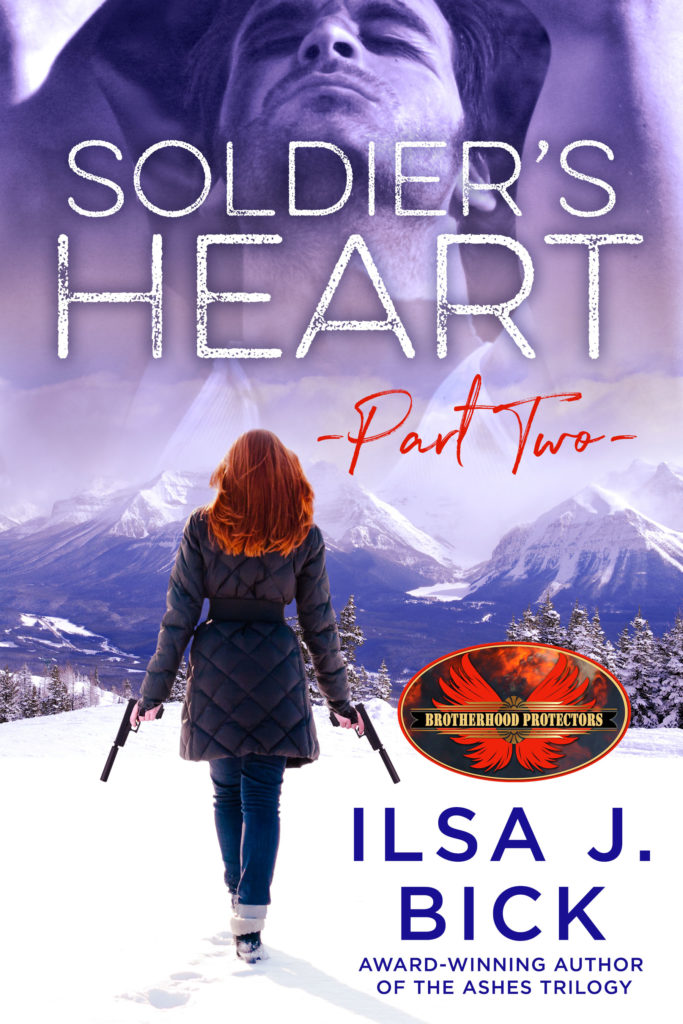
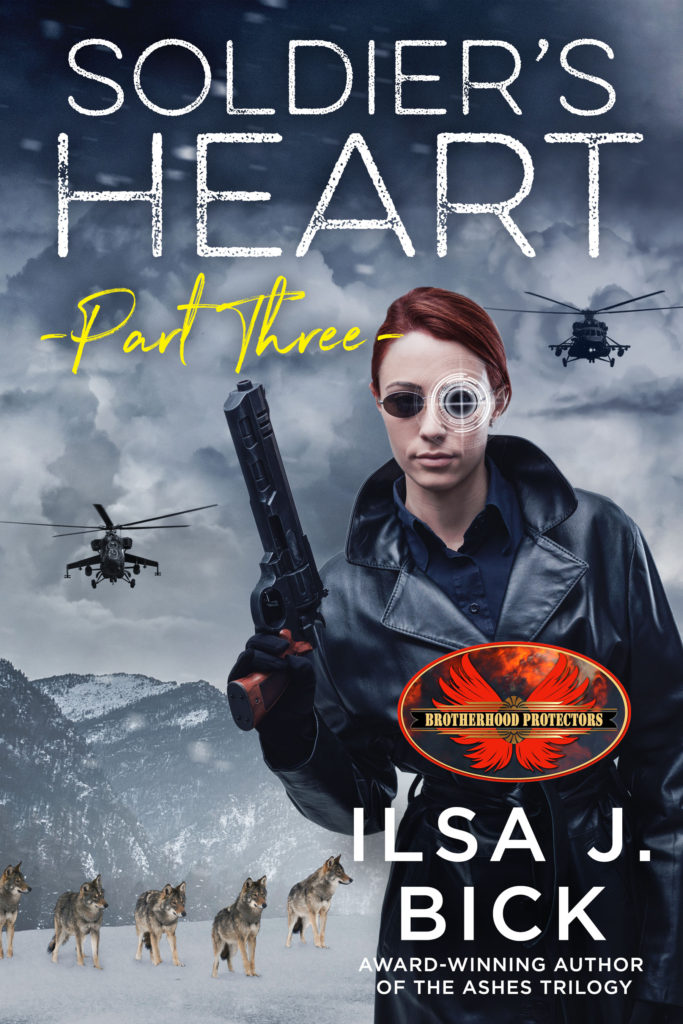

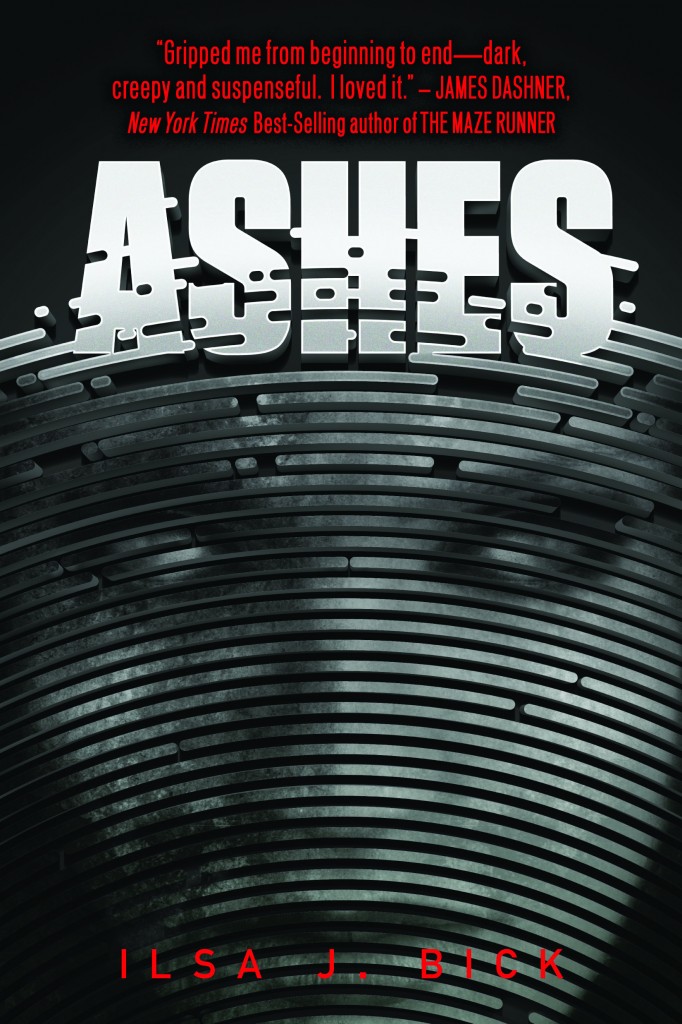
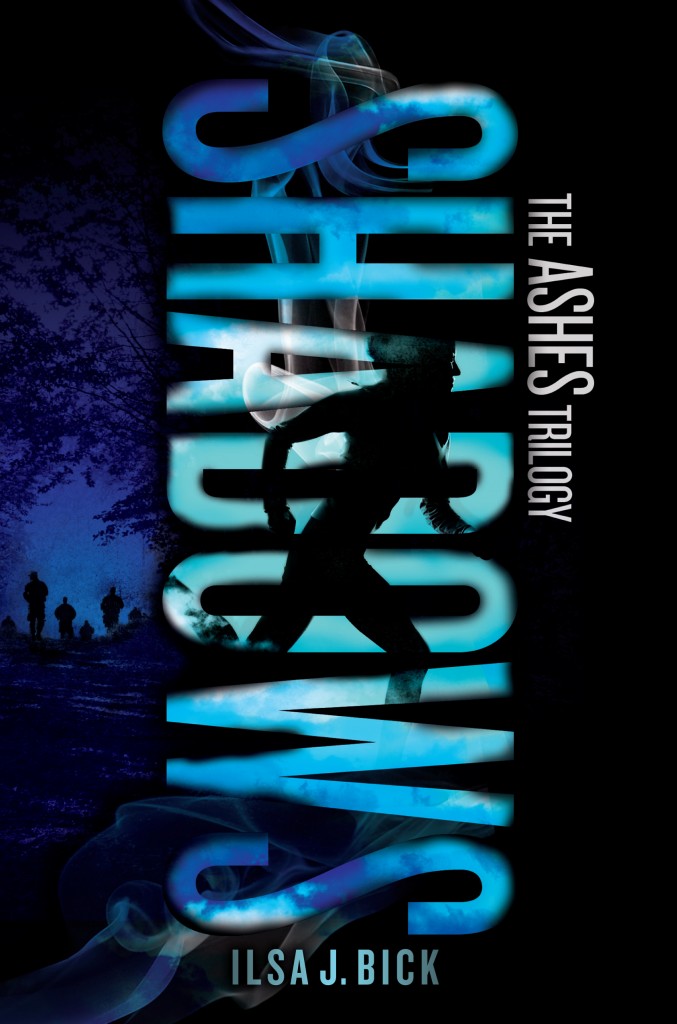
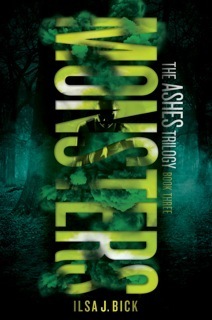
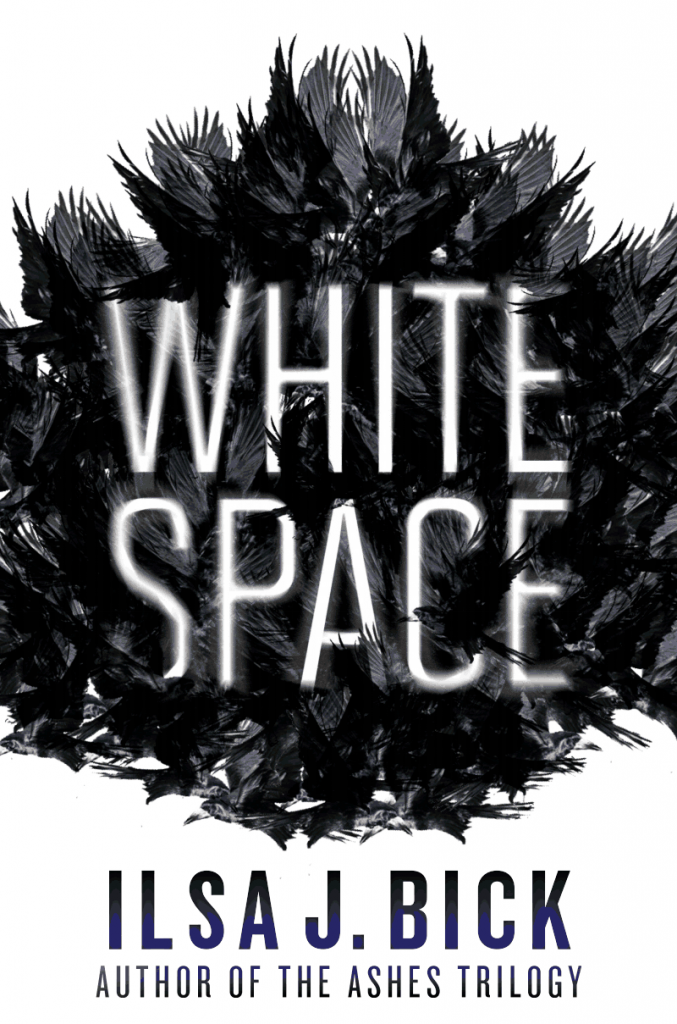
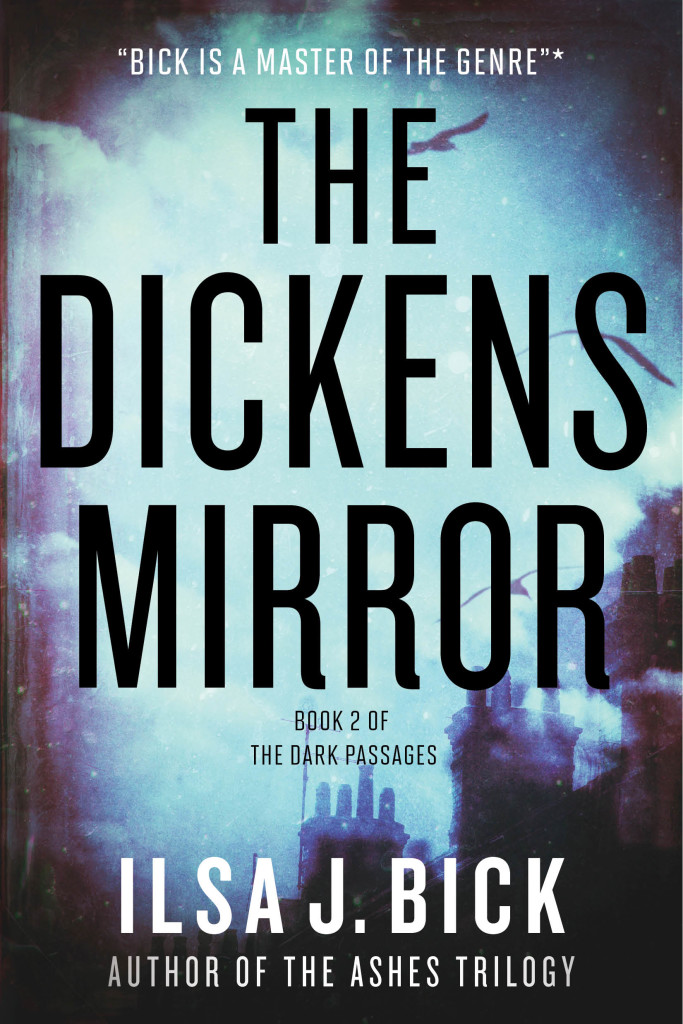
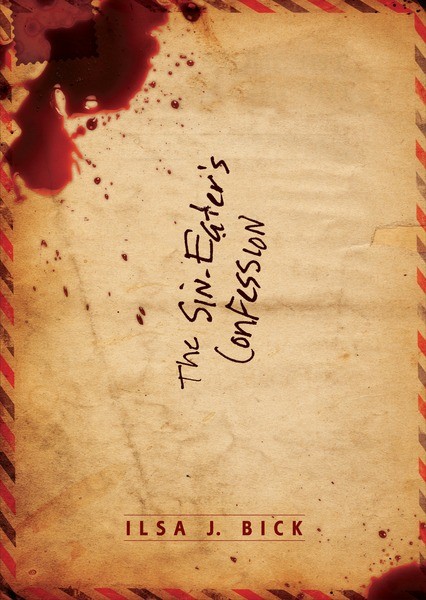
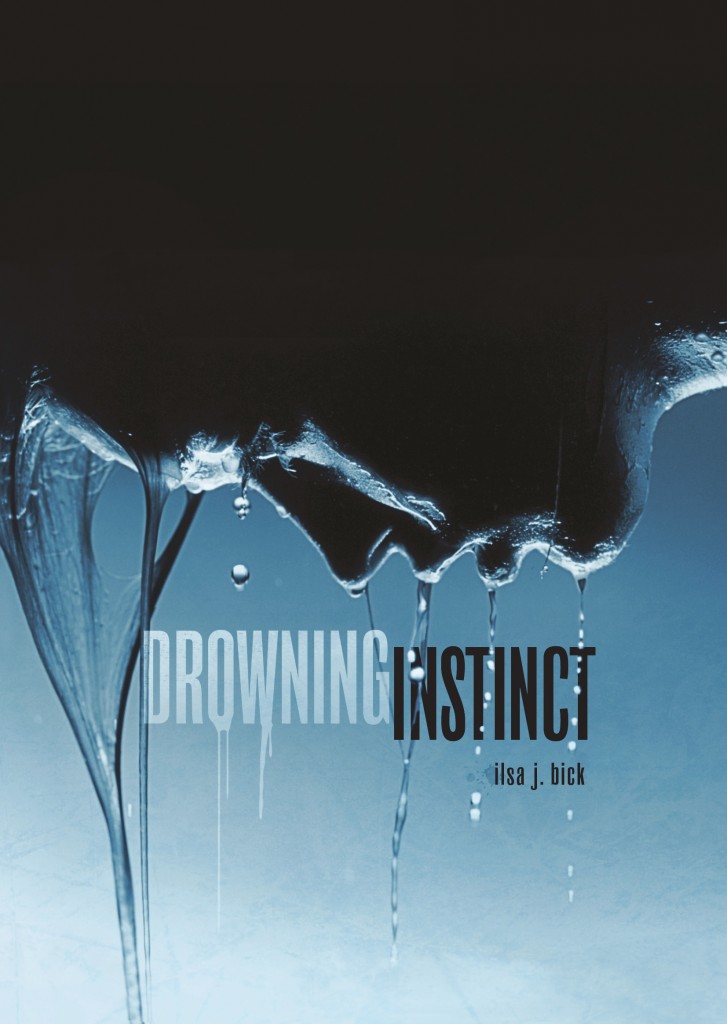
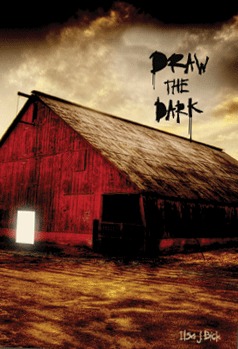
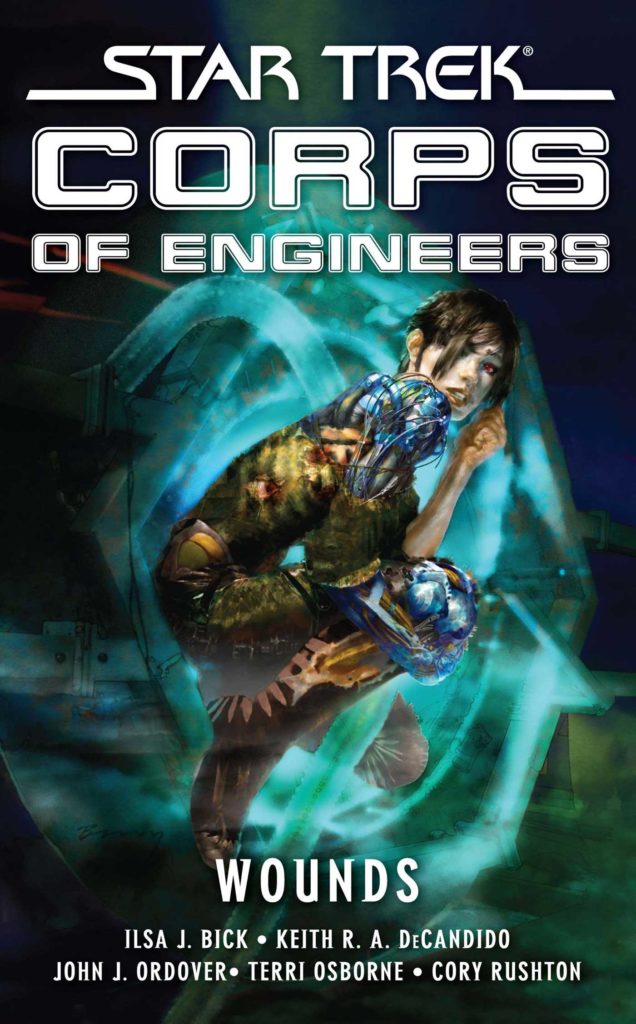



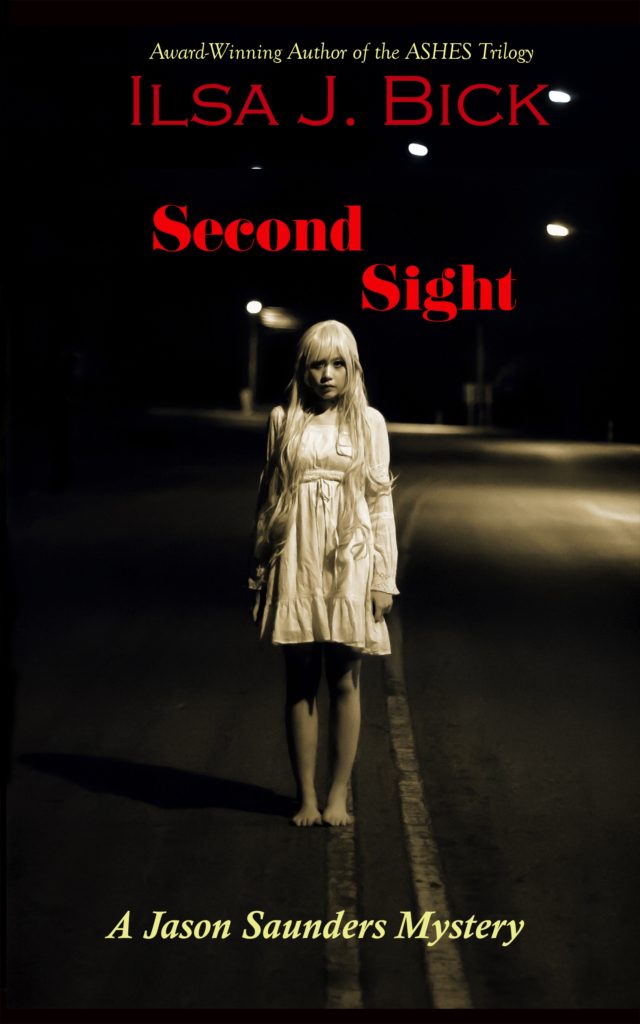

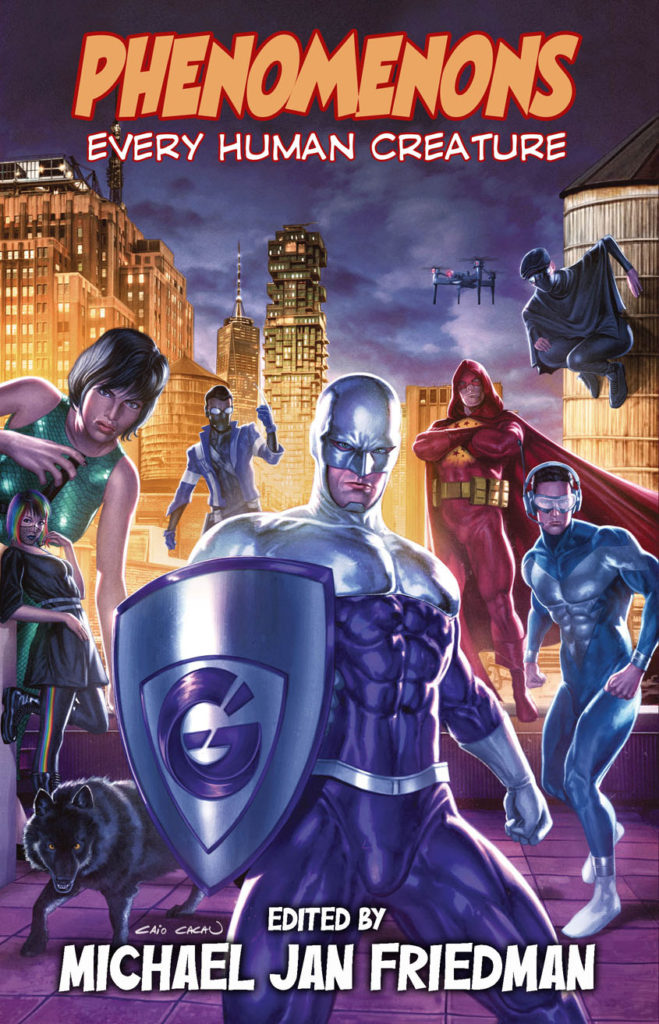
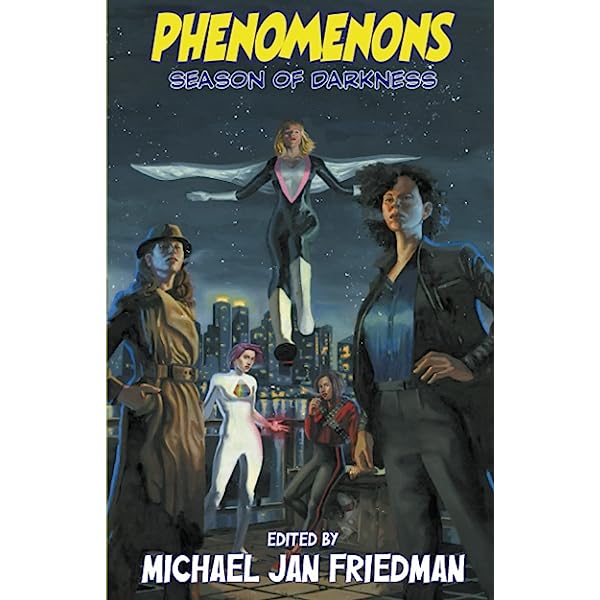

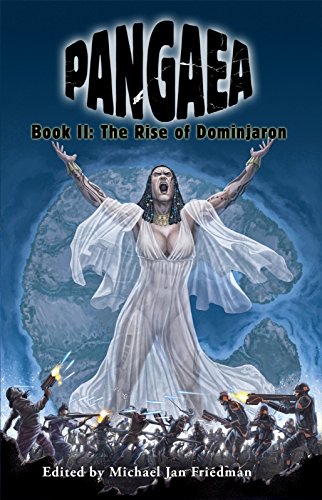
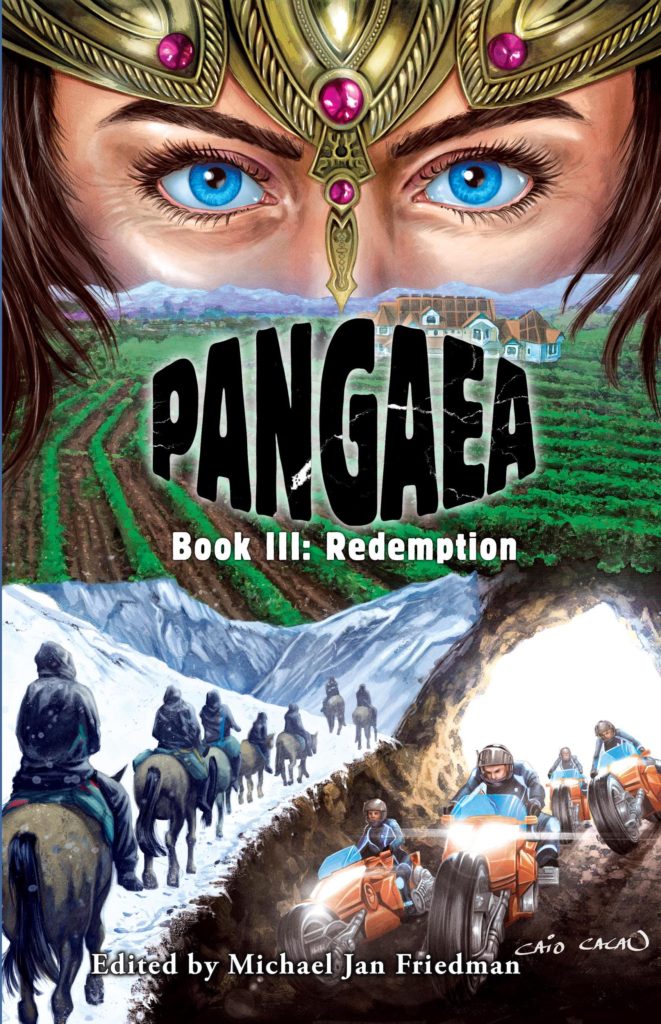

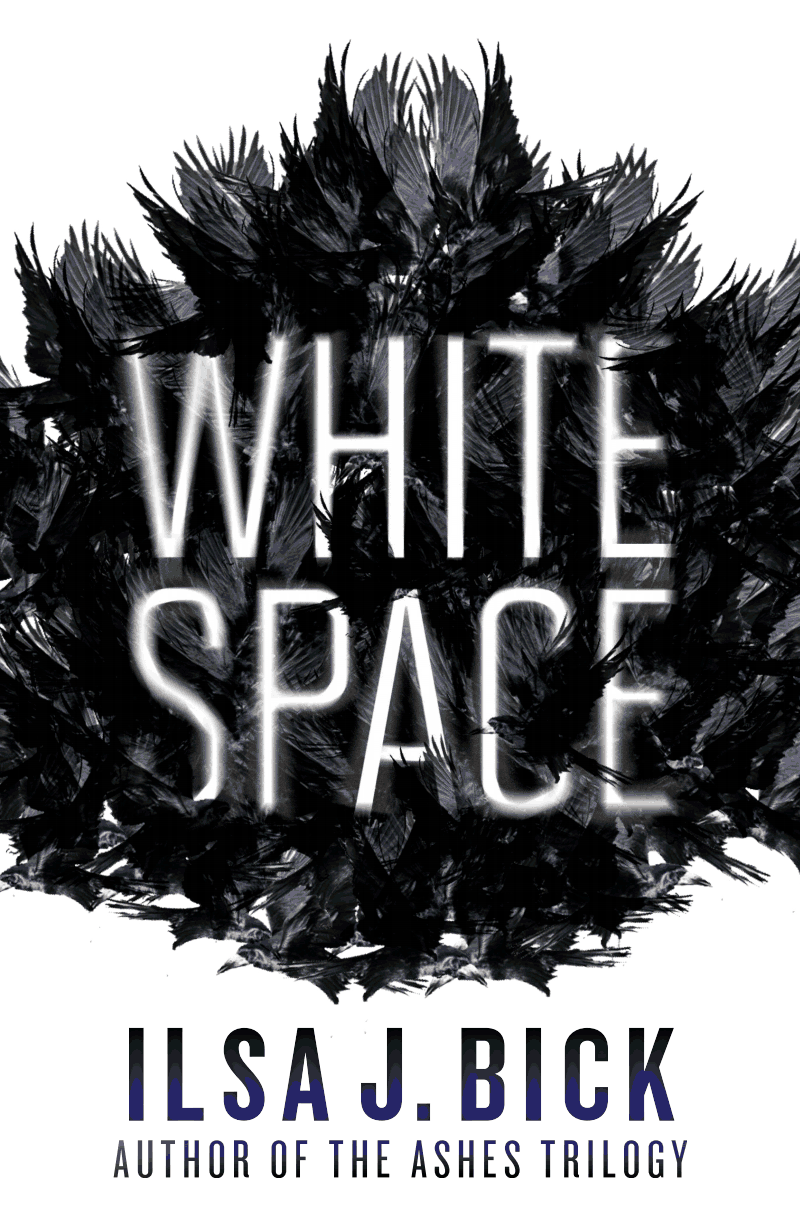
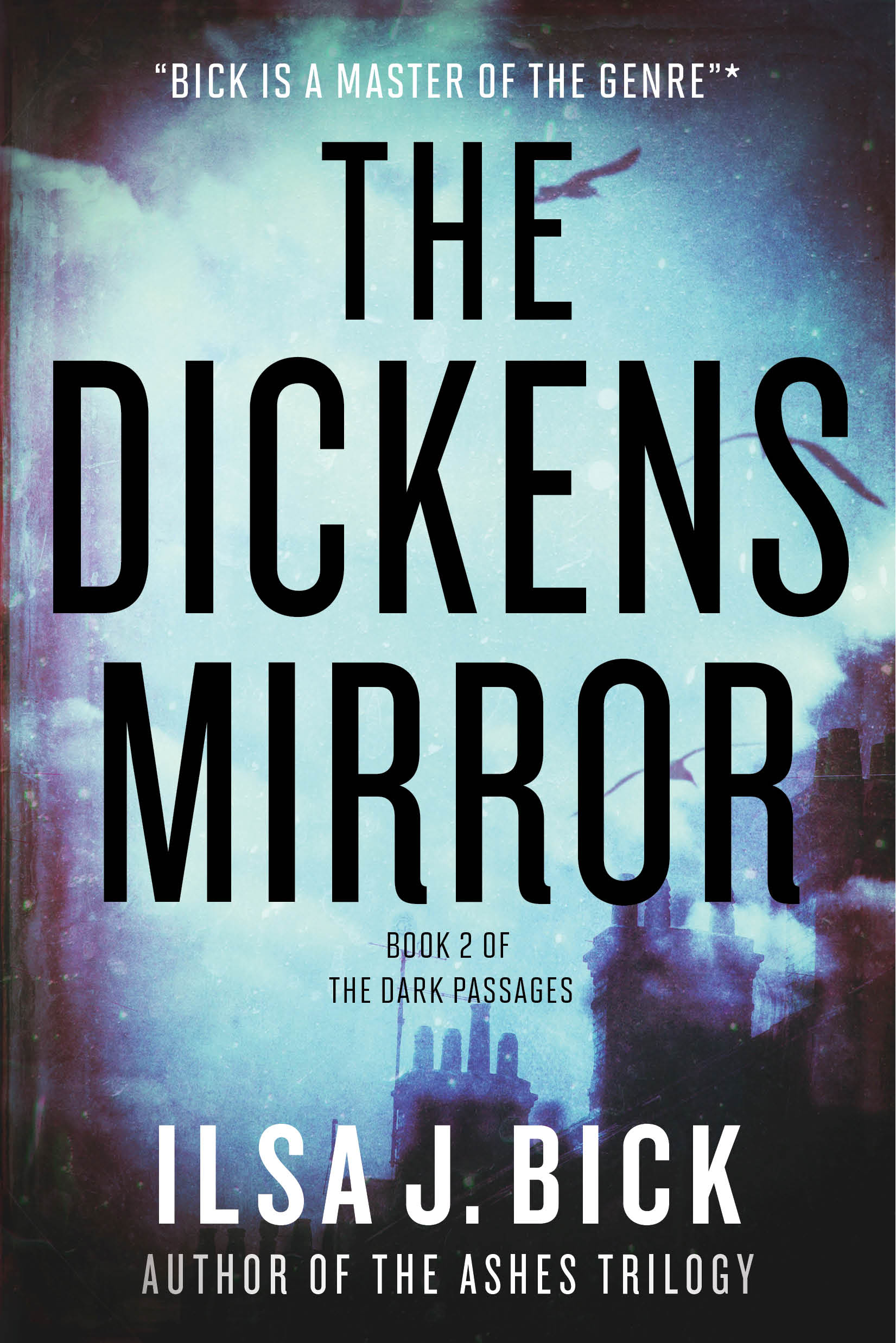
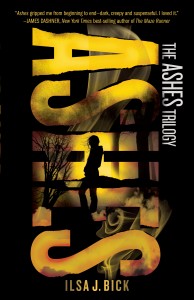
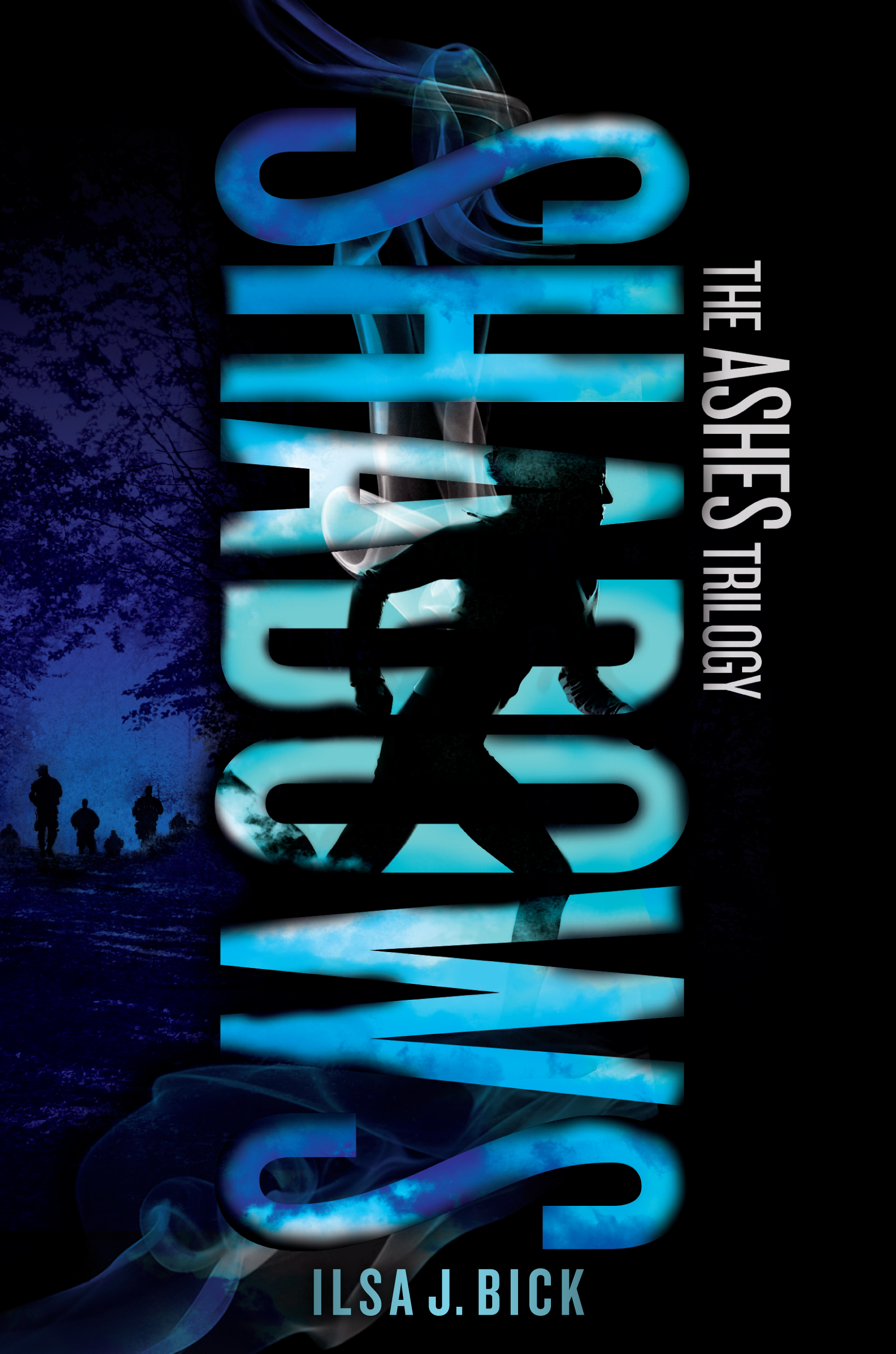
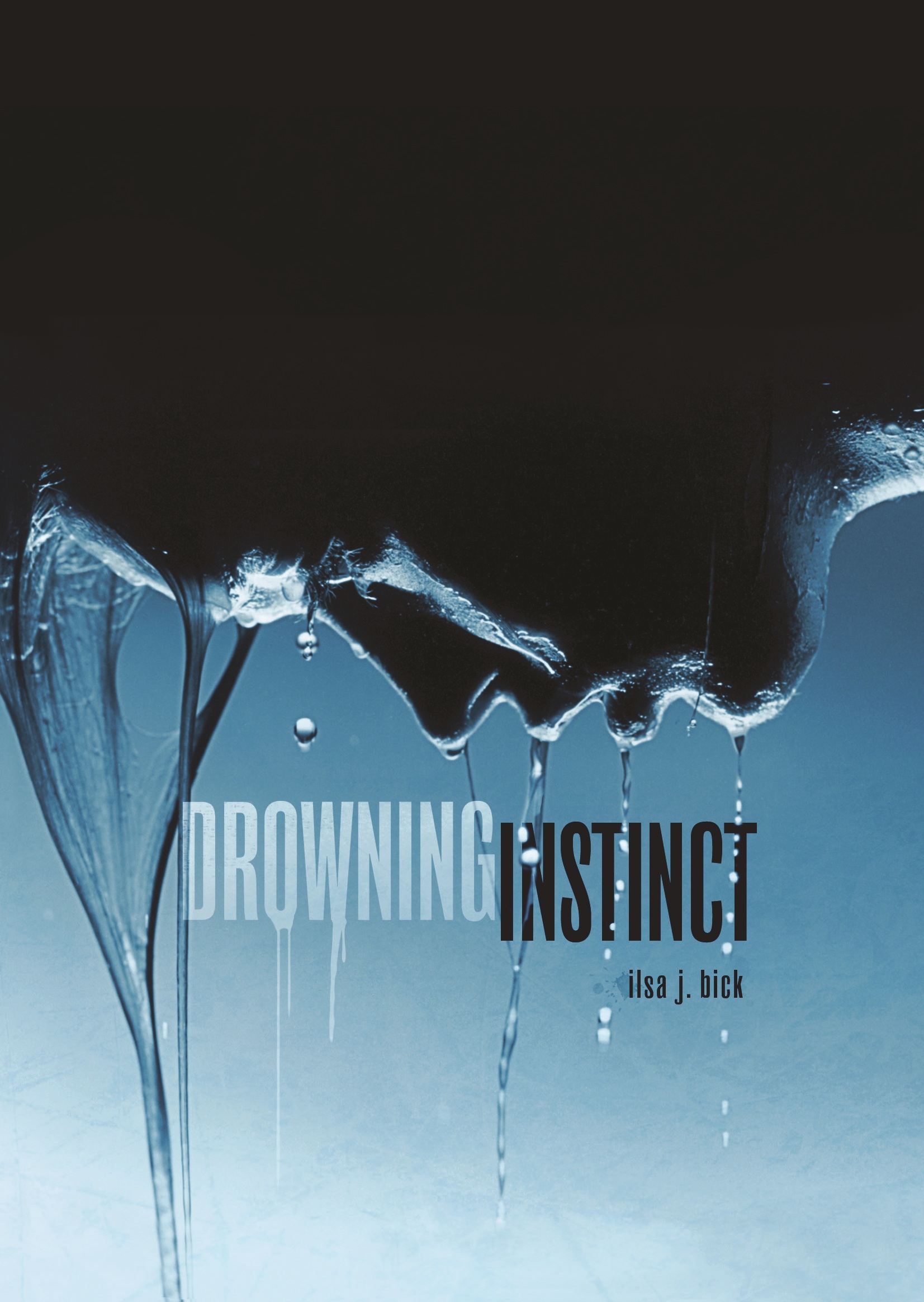
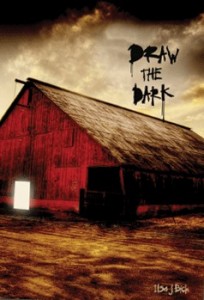
What a moving story. Several years back I was able to visit Arlington. I took the buses and then walked around as well. I regret that I did not go to Section 60 to pay my respects. I thought the most moving part of my time there was the changing of the guard at the Tomb of the Unknowns. From your description and pictures, and that of Larry Downing, I think this would be more heartbreaking. Thank you for putting into words the sacrifice that not only those serving pay but their families and those left behind. They have done their duty and paid the ultimate price. It is our duty to remember and honor them. This was a good way to start that.
Thanks. No words are ever quite enough.
I live just outside D.C. Lots of people come to visit me and expect me to tour guide. The cemetary is always one place I take them. It’s part of their trip that is hard to forget.
As it should be. Good for you.
Ms. Bick, you had me crying like a baby. Thank you. I’ve never had the pleasure of visiting D.C., always seem to go West or cross a large body of water whenever I travel. I’ve always wanted to, just seems lately our travel has been about necessity and not vacation. The worst fear of a sister (my brother is a Captain, USAF) would be to visit there out of necessity. Every time I hear about an F-16 “accident” – well everything pauses, until there is word. I can’t imagine what these families have gone through. Mishap, accident, no matter what it is, it’s still death, war and a man, woman in their prime robbed of their life. You’re post was beautiful. Well your writing is wonderful in general. I actually stopped by because I just finished Ashes and was riveted. Start to finish. And then needed to get information on when the second book was coming out…because well it will probably be a long wait.
Thank you for your writing and your service. I look forward to reading a lot more of it.
Sometimes I worry that even words fail, so to have touched you with this post, Rachel, means a lot. Thanks so much for your very kind words. My best wishes also go to your brother: here’s hoping he stays safe and comes home to those who love and care for him.